Research Methods in UX Design: A Journal You Should Read
Pixbrand Team
Published: 21/10/2023
- App Development
- Digital Marketing
- Ecommerce
- Seo
- shopify
- UI/UX Design
- Web Development
- woocommerce
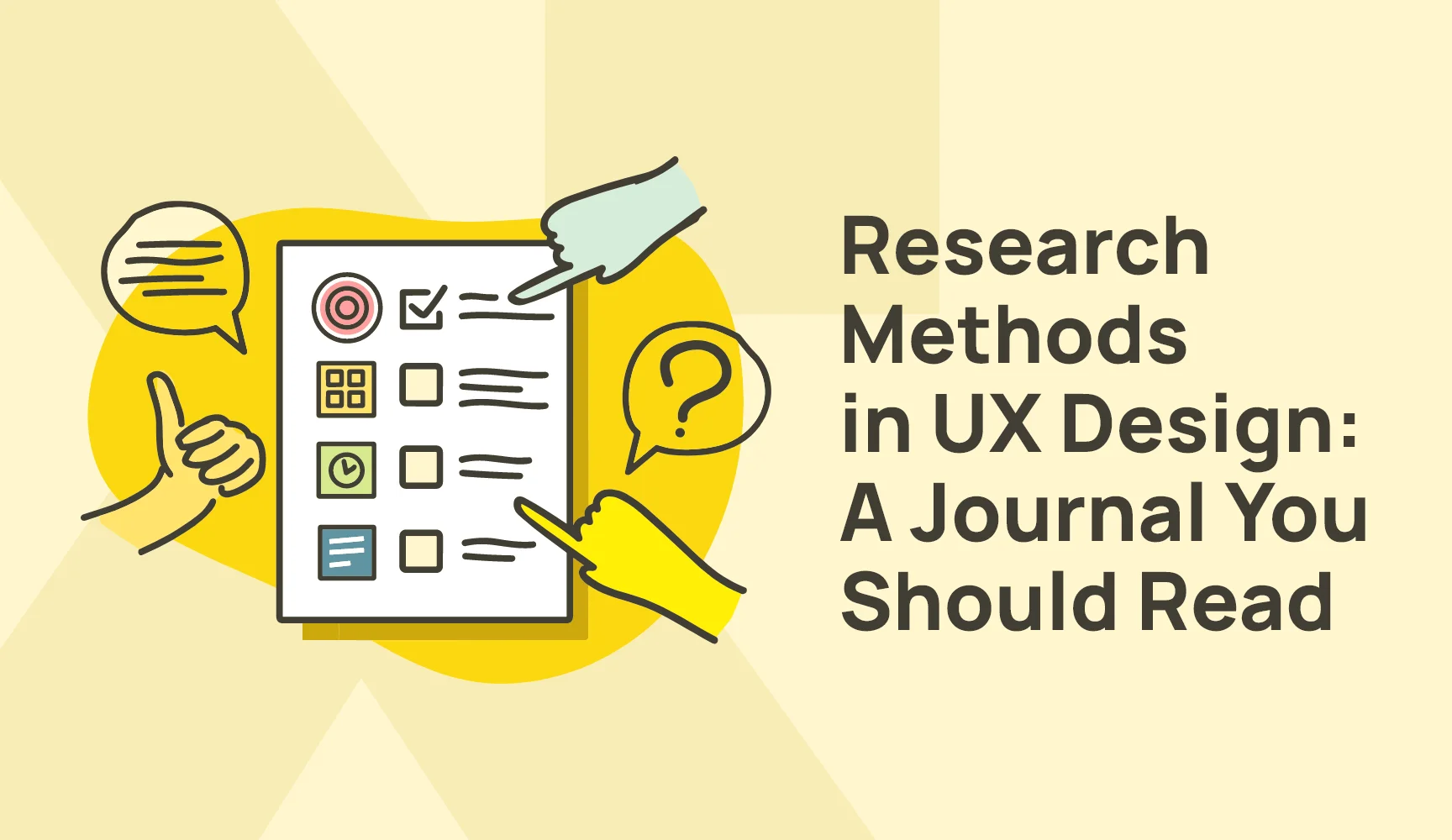
The thought and practice of UX research have witnessed a tremendous change in the last few years. Initially viewed as a niche domain, it is now an activity that is considered crucial; something that anyone in an organisation should be able to participate in. This is a tectonic shift in perception, and this is why research methods in UX design have become an evolutionary aspect for beginners and experienced UX designers at the same time.
When we talk about UX design tips, you will come across multiple websites and blogs that offer a lot of details and ideas on making the design aspect more effective, but there is a rhetoric to that: these design tips deal more with the front-end and incorporate design trends and philosophies into account.
User experience research methods are a deep-dive into how users think or perceive various aspects and attributes in a website or any other user experience portal for that matter. The UX design tips we just mentioned come much later, once the research gets done, results get evaluated, and the design process kicks off.
Before we get into details, let us first understand what UX research is all about.
1. UX Research: An Overview
UX research can be defined as the study of potential users and their requirements in the context of improving the overall design processes, leading to better design interactions and experiences.
The crucial aspect of UX design is not a philosophy alone; the statistics prove a lot in themselves for that. A few of them are given below:
- 39% of the users stop engaging with content when the site takes too long to respond.
- For every $1 invested in UX, there is a return of $100, which is 9900%
- A whopping 88% of users won’t return if the first experience is bad.

2. UX Research Methodologies
UX research methods refer to the process of generating the right insights about users and their requirements. The different methods include interviews, focus groups, usability testing, and surveys, useful for identifying challenges faced by users and converting them into opportunities.
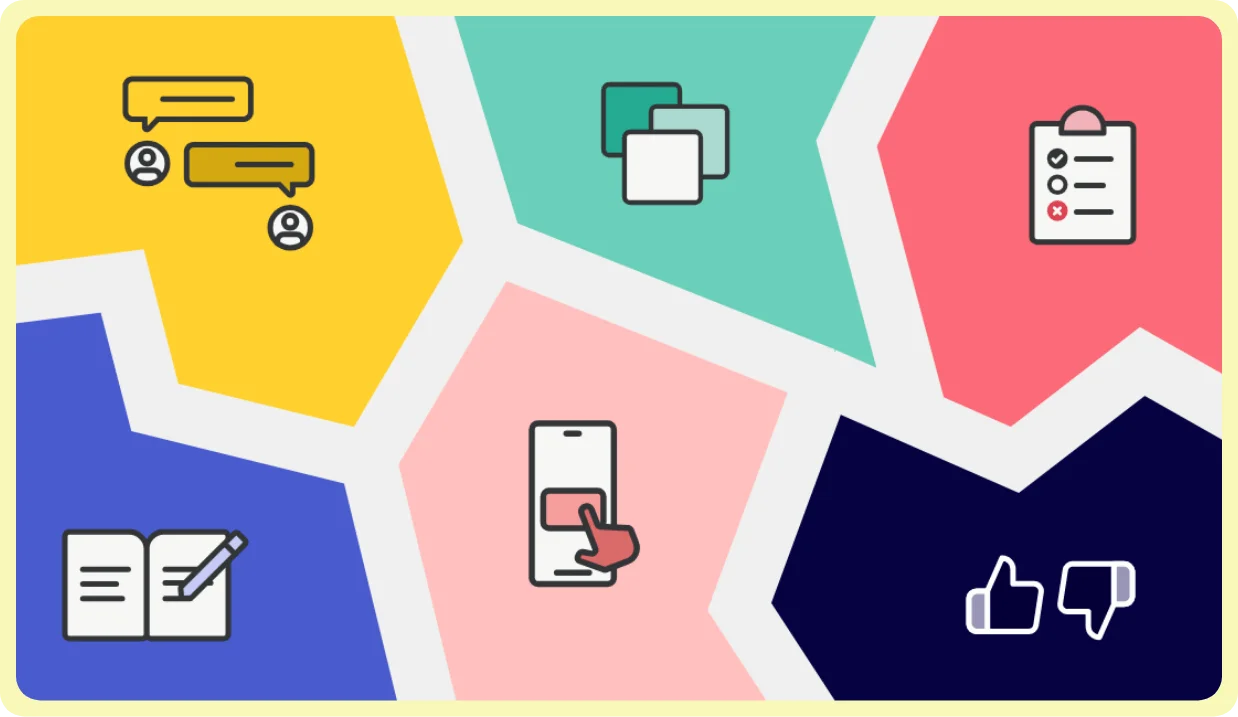
Types of UX Research
Before getting into the types of user experience research methods on an individual basis, we will discuss in brief the types that are there.
1. Attitudinal vs. Behavioral Research
Attitudinal research involves an evaluation of the users’ perceptive attitudes with respect to a particular experience. This is more of a research where a user shares why they like or dislike a certain feature on a website before even using it in the first place.
In contrast to attitudinal research, behavioral research is more focused on the activities of the user when they are on a website. The ‘behavior’ attribute is testimony to what is exactly happening while attitudinal research sheds more light on why something is happening the way it is.
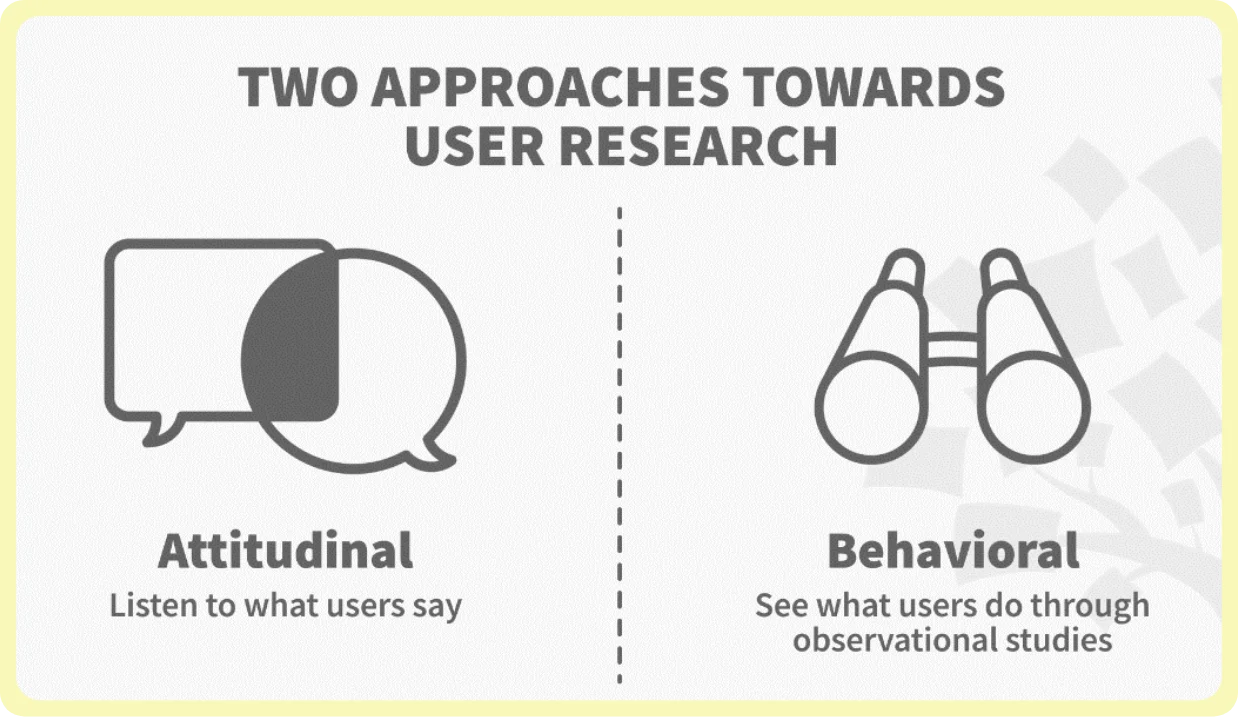
2. Qualitative vs. Quantitative Research
All research methods can be classified as either qualitative research or quantitative research. Qualitative research places a lot of focus on the reasons, behaviours, and motivations of individuals.
Quantitative research, on the other hand, involves the collection and analysis of numerical data to identify trends and patterns, which helps in establishing the right kind of statistical analytics.
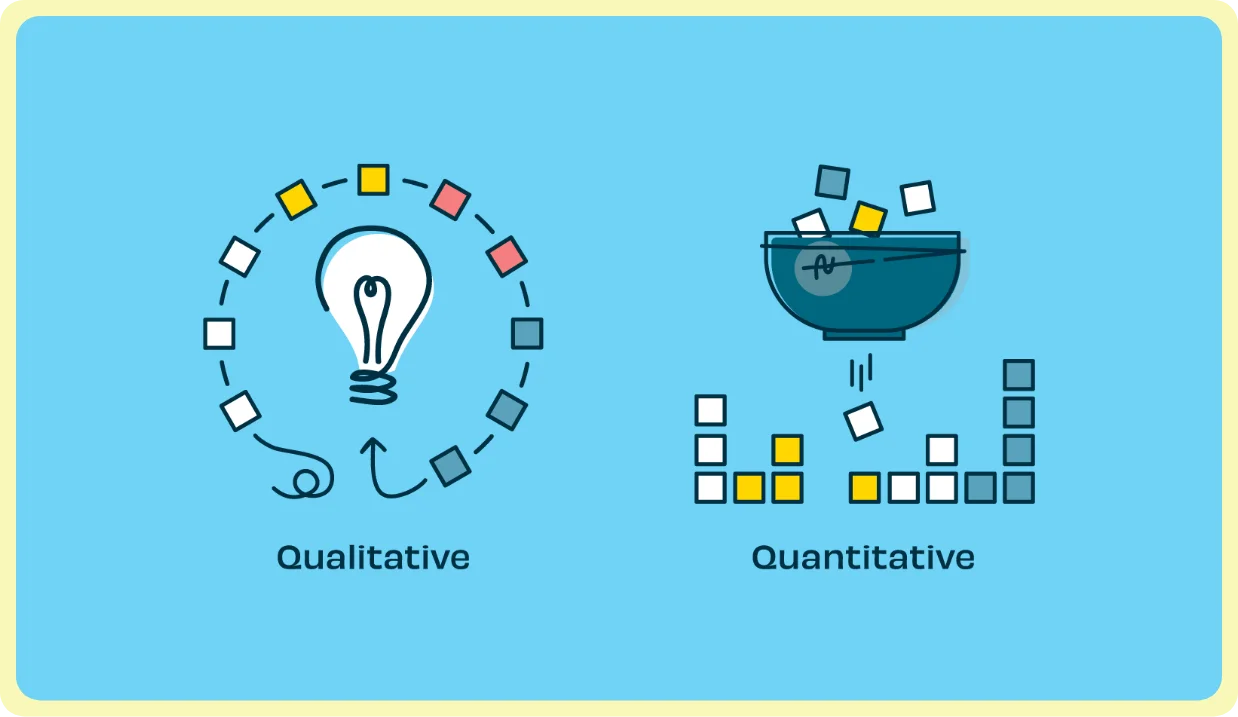
3. UX Research Methods
The user experience should be a process that drives a culture of user-centric initiatives. From the product itself to the marketing campaigns revolving around it, everything is a part of the user experience.
There are a lot of UX research methods that assist teams in collecting insights which are role-specific in nature too.
Let’s have a look at a few of the more common UX research methodologies:
1. Diary Studies
The name might be mundane to hear, but it’s a great method of UX research. The diary studies method encompasses a form of longitudinal research, which spans over a larger period of time but with the same subjects. Users are supposed to report the details of their activities and thoughts.
It’s a useful method to capture organic feedback on long, repetitive, and unpredictable operations.
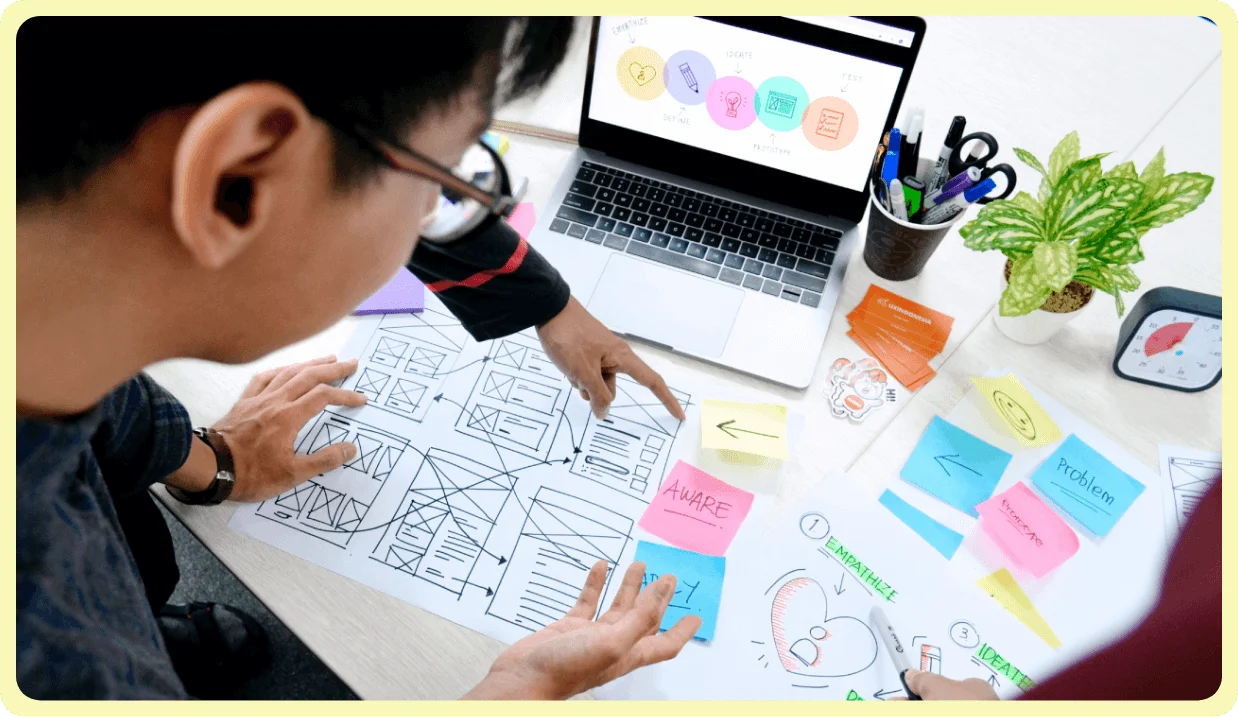
Application of Diary Studies
Diary studies offer a lot of value when there is a need to understand user behaviour, pain-points, as well as routines in an everyday context. A couple of such situations can be when:
- you are looking to enhance the existing functionality of a product or service for better customer engagement.
- you are looking to conceptualise a new product or service by gaining insights into user preferences and pain points.
2. Usability Testing
By its name alone, it’s easy to gauge that usability testing is among the popular UX research methodologies. Usability testing involves recording the screen or capturing the voice during use through an insight collection platform. This is done when the participants are interacting with a product in their routine environment- office, home, or any other location.
Usability testing offers a good idea about how people in the real world are responding to your products or offered experiences, and the insights are very valuable too.

Application of Usability Testing:
The ideal time for implementing usability testing is when you are early into the experience design process, so that you can make informed decisions about in terms of design.
To assist you more on the right time to use one of the most practical UX research methods our there, here are a few pointers:
- When there is a wireframe or prototype ready
- Before getting ahead with the design process
- Before the product launch
- Regularly even after the launch
Surveys
Expertly crafted questions in the right order encompass a survey, one of the simplest user experience research methods out there. Surveys offer a fair bit of empathy and connect with the participants, helping gain a lot of insights that are quantitative in nature, and not easily visible to developers, marketers, and other stakeholders.
While surveys are used more for quantitative research, they also offer qualitative data, which depends on the nature of questions that you choose, as to if they are open-ended or close-ended.
Based on the customer feedback from surveys, new problems can be identified and new ideas to resolve them can be thought of.
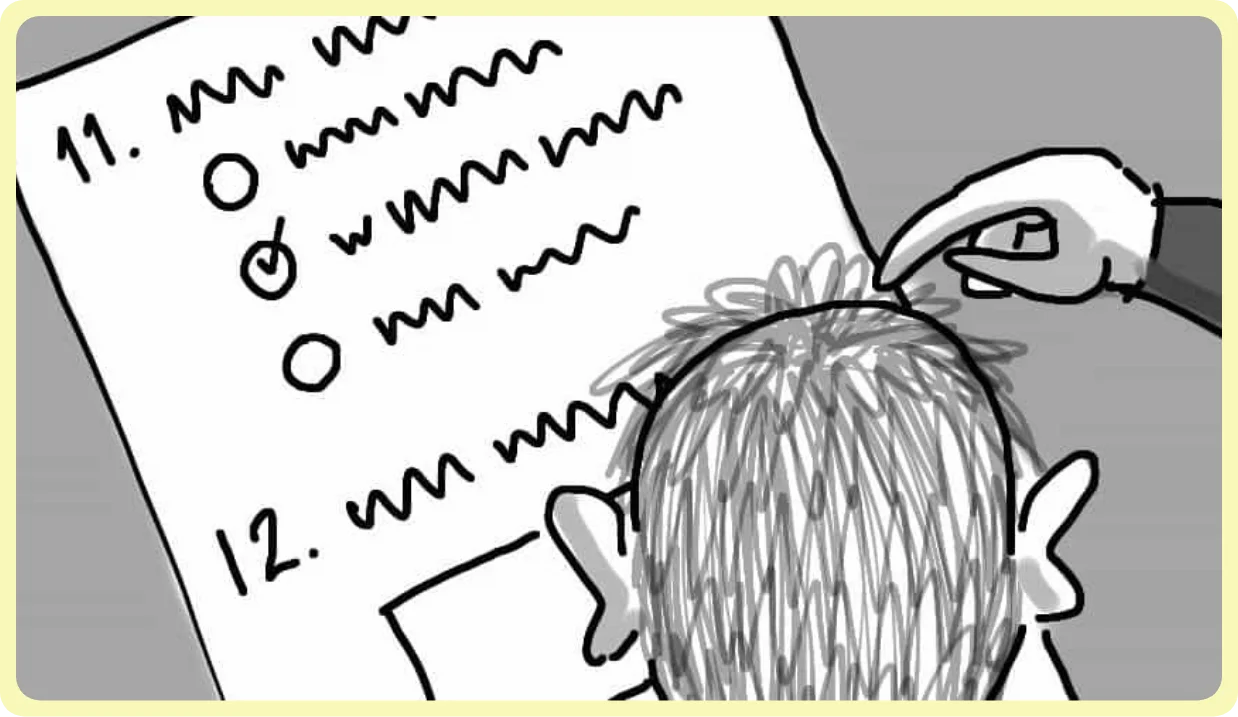
Application of Survey:
In terms of finding out the right time to conduct a survey, there is none, to be honest. Because of how simple they are, surveys can be made a part of the process at every stage of the product development. However, depending on the scope of the UX research, this ‘right time’ can vary according to the goals that have been set.- Concept stage is a good place to start off with surveys, mostly to gather preliminary data and identify trends or patterns.
- In the design cycle stage to gather feedbacks on different parameters such as user satisfaction and feature usage.
Card Sorting
To describe information more effectively, card sorting is a qualitative and of the most effective research methods in UX design out there presently. You are supposed to create a set of cards that represent an item or a concept. The users are then supposed to sort them into a group that makes the most sense to them.
There are primarily three different kinds of card sorting processes, namely open card sorting, closed card sorting, and hybrid card sorting:
1. Open Card Sorting
In open card sorting, participants can categorize the topics that are assigned to them as per how they make sense of it, generating new names and ideas in the process.
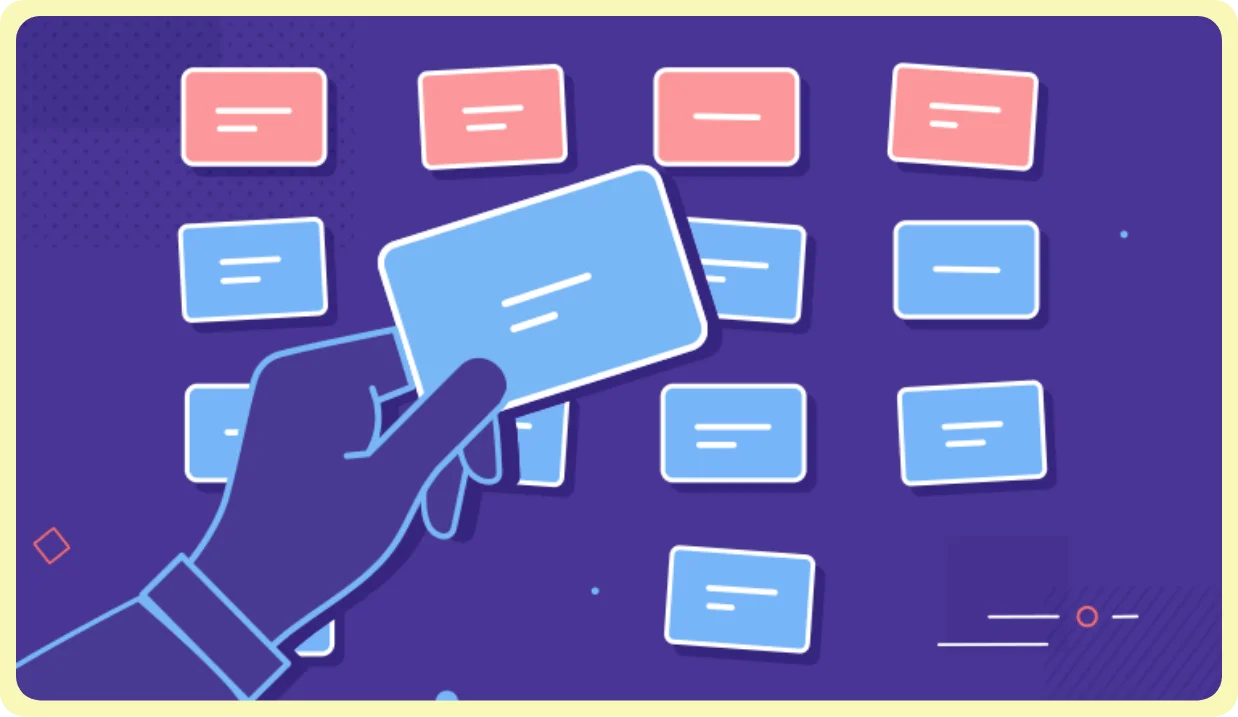
2. Closed Card Sorting
In closed card sorting, the participants are given predefined categories and are then asked to sort the card items into the available groups.
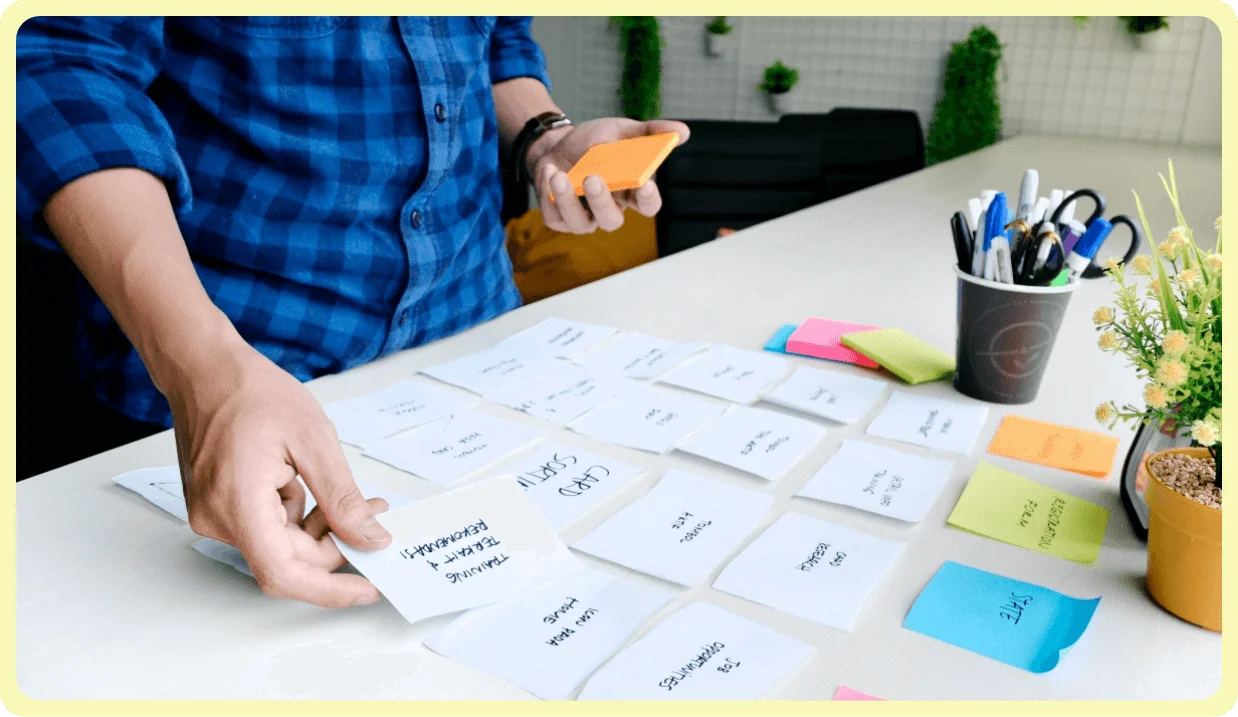
3. Hybrid Card Sorting
The hybrid card sorting process gives the participants two options, where they can either sort the items into categories that have been defined in advance, but also create new categories as well.

Card sorting is most effective during the design process of a website and the arrangement of content within that website.
Application of Card Sorting:
The biggest charm about card sorting is that it is not confined to any particular stage of development- it can be used at any time when there is a need to gauge the thoughts and behaviours of users / participants. A few instances where card sorting can be a good option are given below:
- Evaluate solutions to certain issues
- Understand user perception to ideas
- User expectations in terms of product navigation
- Architecture Restructuring
When we talk about qualitative research methods to collect insights, interviews are just a brilliant method for that. With the right kind of discussion in an interview, the interviewers can observe a lot of cues in non-verbal communication as well, asking questions that are more open in approach when compared to a survey or usability test.
It is much more crucial when compared to other UX research methodologies by quite a distance, simply because of the fact that interviewers can shoot follow-up questions with a lot of ease.
Application of User Interviews:
Interviews are most effective when they are used at different project extremes- at the start of a project and at the end of a project. Interviews at the start can help in establishing a strong understanding of the target users, while the end of a project interviews can offer a lot of insight into the product appeal and usability.:
4. Final Thoughts on UX Research Design Methods and Where Should You Stand
There are a lot more UX research methodologies that we haven’t mentioned above. Among so many options, it’s understandable that as an organization or a company, confusion can make further roads tricky.
This is why it is important to understand that there is no better or best research method for UX. The best type of UX research depends on the project that you are looking at ahead- the objectives and the stage that you find yourself in terms of the development.
For more than five years, Pix Brand has been at the helm of delivering some extraordinary work on UX research methodologies, with their USPs being a fresh perspective on processes that seemingly don’t have much to complain about.
It is their out-of-the-box approach that has been integral in the agency climbing through the ranks in such a short span of time as one of the leading UX research and development companies in the domain.
You can connect with their team of experts to understand more about the research and processes that go into ensuring that your UX design never fails to amaze and stays futureproof for a long time to come.